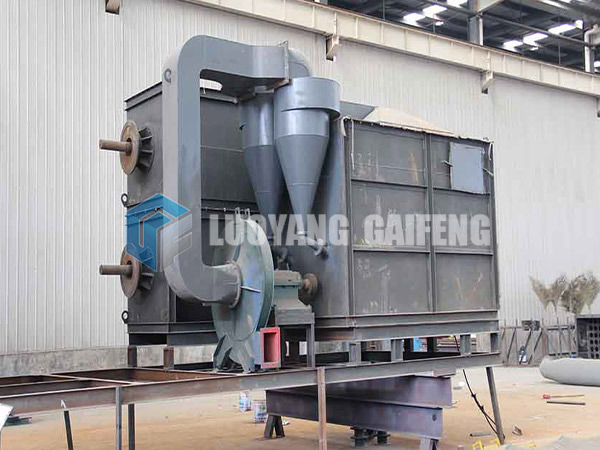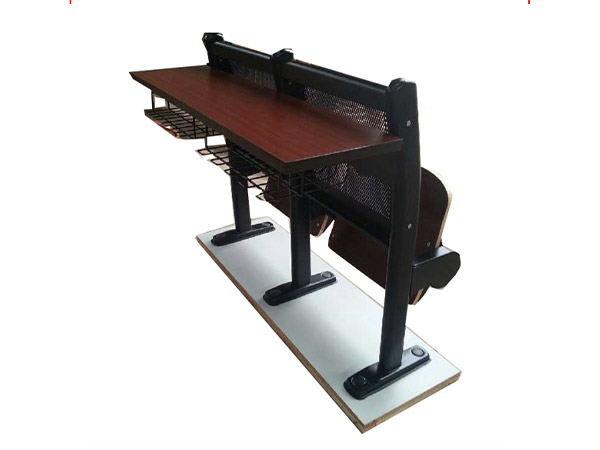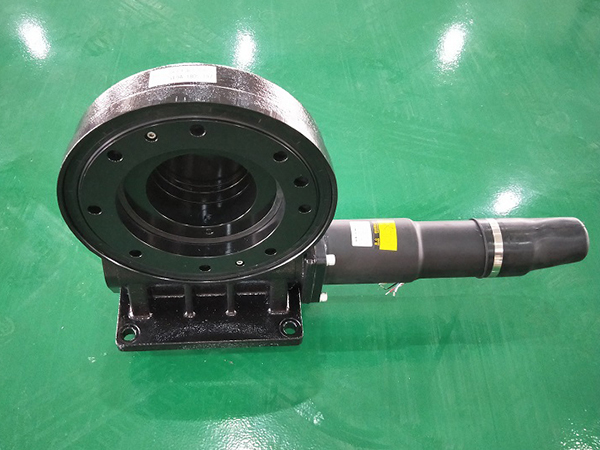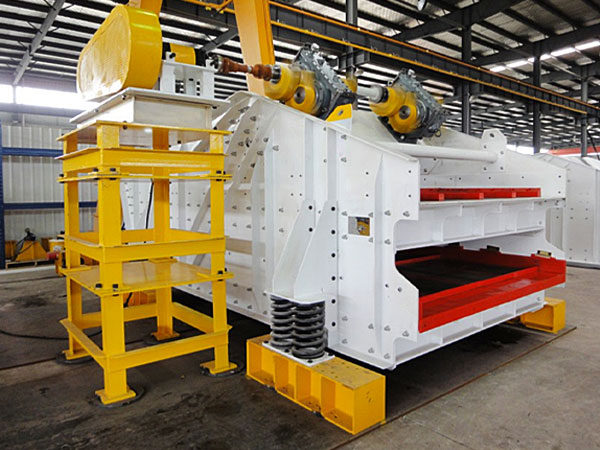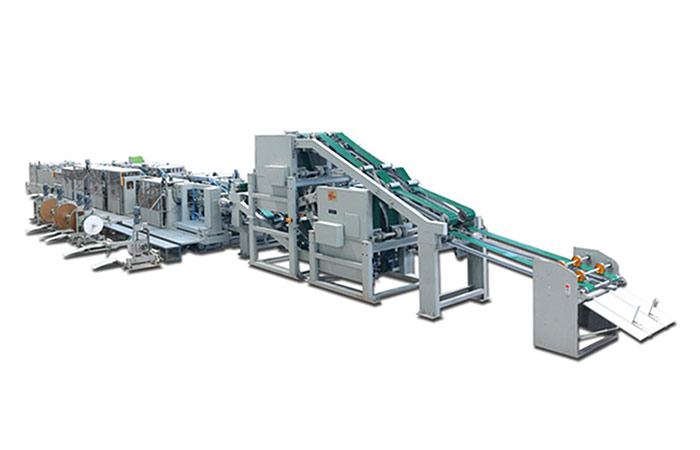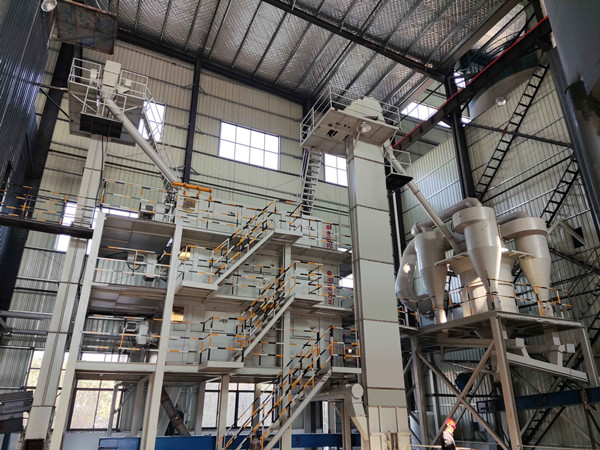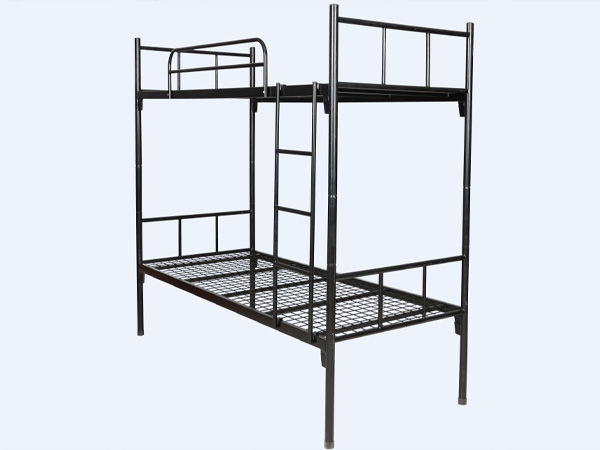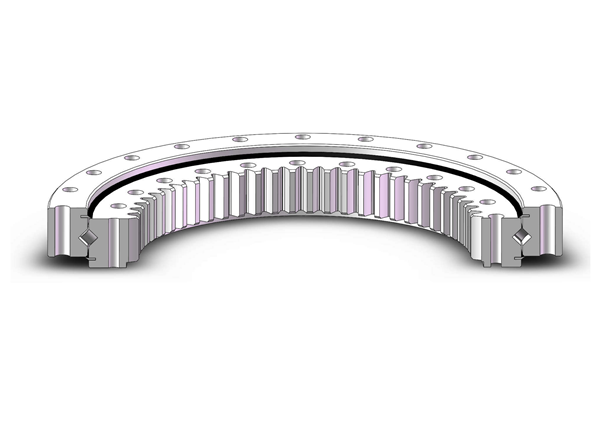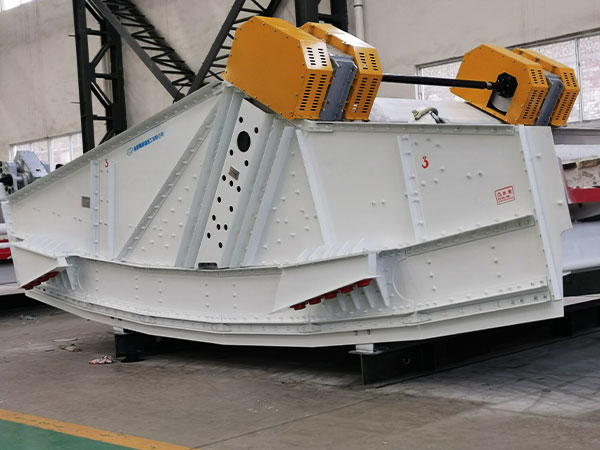The square bottom machine is a paper bag with the end of the bottom sealed, through automatic conveying, automatic bottom opening, automatic bottom card release (non-intermittent type), automatic full glue spraying, cold glue spraying, automatic bottom paste, automatic compaction and other processes, the output is Back cover paper bag. This machine is operated by touch screen and controlled by optical fiber. One machine has four tubes and four guns. The spray guns can independently control the glue quantity and spray length, and the four guns can also be operated at the same time.
The square bottom machine bag has uniform glue spraying, high bag making accuracy and fast speed, and can produce various specifications of bags. However, various problems may occur in the square bottom machine during the bag making process, and the reasons need to be investigated and dealt with in time solve.
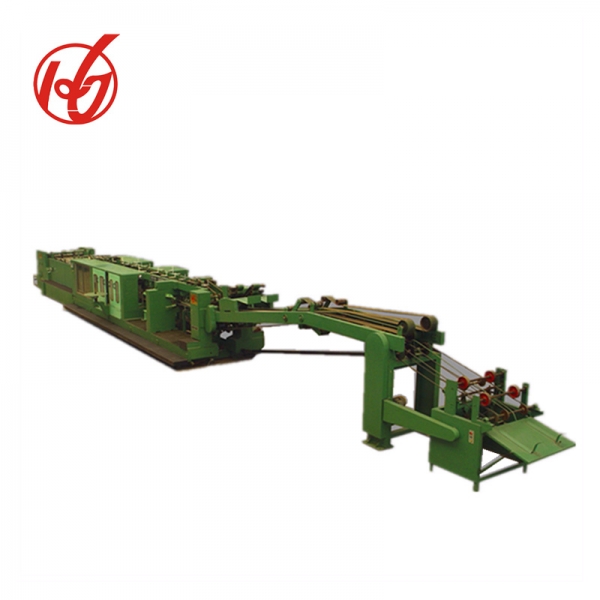
HD200D-IIIDJ Square Bottom Machine
Top and bottom films are prohibited
The prohibition of upper and lower sheets refers to the question that the front and rear sides are not aligned when making bags
1. Reasons: (1) The thickness of the composite film is uneven, and there are lotus leaf edges; (2) The tension of the double floating rollers is too small; (3) Some rollers rotate unevenly.
2. Solution: (1) Check and adjust the relevant guide rollers (such as compensation rollers, deflection rollers, etc.). (2) Adjust the tension of the double-lift floating rollers.
…
Details can be accessed by clicking here:https://www.lyhuatianm.com/products-information/square-bottom-machine-fault-solution.html

